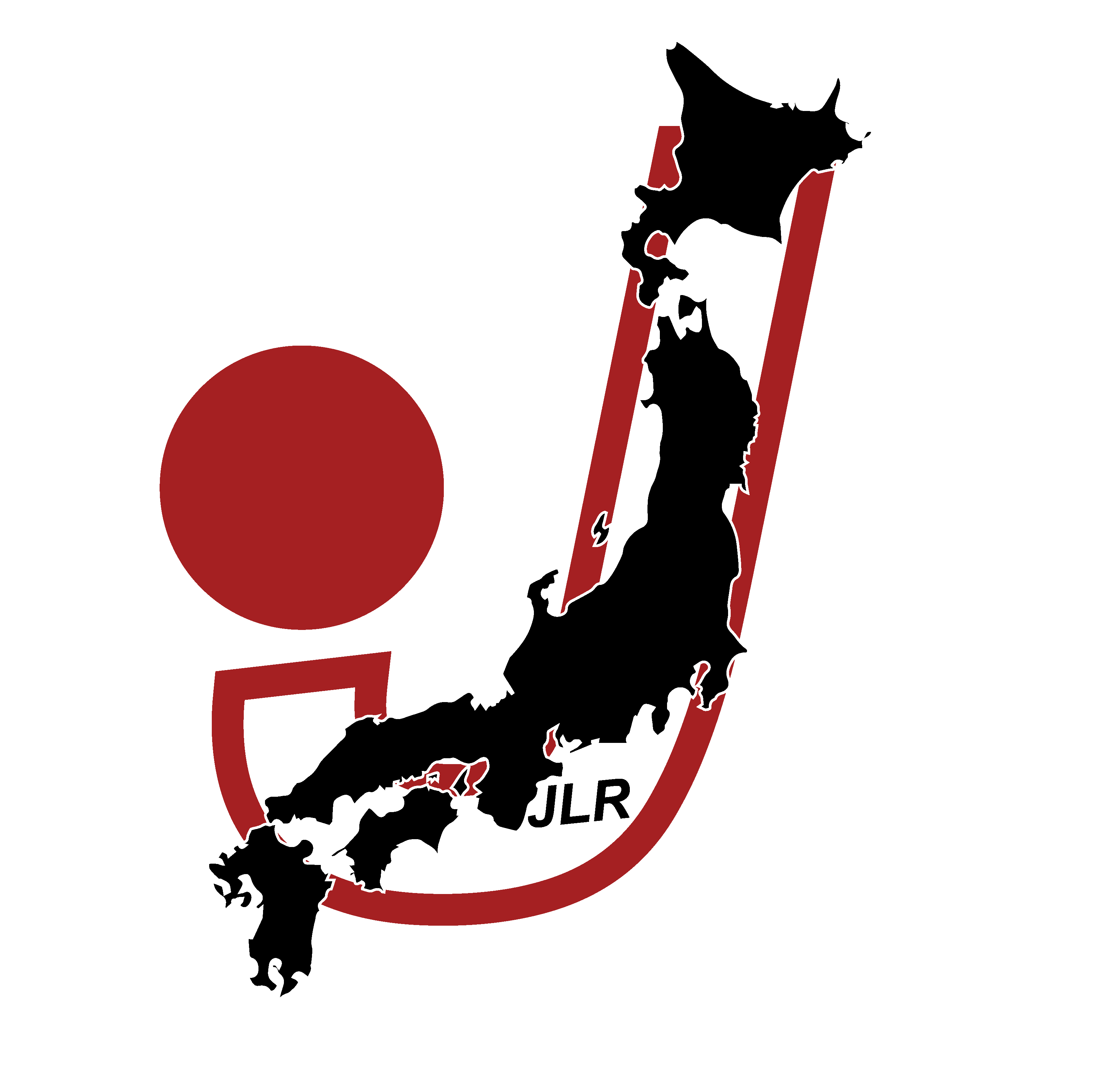“Sliding doors” may be an over-rated concept, but sometimes it makes you think. Think about how things could be different seen from another perspective, especially in a country like Japan, where football is young and pro-football is even younger. J. League has gifted us wonderful histories, but how could this league become if regional criteria would come into play?
We’ve always heard that Kansai and Tokyo metropolitan area are the strongest in this country (with the risk of overpopulation in these areas), but is this true also in football? Looking at which clubs won the title in the last years, you would say “no”: Hiroshima and Ibaraki Prefecture looked good. And a Saitama-based club brought home the continental trophy after being the last one to win it, a decade ago. But it would be the same with Prefecture-based squads?
So we came up with this little fantasy league, where every player is chosen due to his birthplace and so due to his prefecture. It was a strange game, but it led us to a different view of Japanese football. In every episode, we’ll try to visit Japan for what it is, a land with different landscapes and scenarios. We did it also to value everything that this nation can offer: we’re no travel guides, but we may add here and there some general tips for every prefecture, besides their football history until now.
A few rules:
- Every squad features from 11 to 23 players, depending on the depth of the Prefecture;
- Not every Prefecture has its own squad, since not everyone of them was able to feature the needed players to form a team;
- You will find many surprises.
So let’s go with episode no. 3, where we’ll talk about Miyazaki Prefecture. We previously talked about Ehime and Aichi, so… enjoy.
Kyushu is the ultimate tip of Japan, but in that island – among the eight prefectures there –, probably Miyazaki is the under-known of the group. Despite ranking 14th in area, Miyazaki is only 37th in population, due to the huge percentage of land covered in forests. The Prefecture is also the home of Seagaia Ocean Dome, one of the world’s largest indoor waterparks. And this is much it, since even in sports the region is shining at all.
There was only one pro-team in sports and that were Miyazaki Shining Suns, a basketball entity which though enjoyed only three seasons as an active club before folding in 2013. And even today, with B.League now operating, there isn’t a single Miyazaki-based team in all three divisions. It’s not like in football is going better, since Honda Lock SC are the best representatives of the region, playing in Japan Football League (4th tier, 1st non-pro division) and they’re now sharing the league with Tegevajaro Miyazaki, recently promoted, but facing a tough debut season in JFL.
So, there isn’t that surprise in finding out that Miyazaki Prefecture can barely field 11 players to form a possible Starting XI. But there’s a big name to feature as main player and captain: Shinzo Koroki (class ’86), a man of 16 caps with Japan NT and most of all more than 130 goals in J1 League. A striker who found huge fortune with Kashima Antlers and especially with Urawa Red Diamonds, where he has established himself as the poacher we all know.
Beside Koroki, though, you can’t find any big name. In goal, you have Kenshin Yoshimaru (’96), who’s in Vissel Kobe squad since 2014, but still without any cap. Now on loan to Tokushima Vortis to be Kajikawa’s back-up, he didn’t play even on his first loan to Oita Trinita in 2016. In defence, we could find two Nishioka: Daiki (’88), who played first with Sanfrecce Hiroshima and is now at Ehime FC, and Taishi (’94), a current member of FC Ryukyu. To complete the line, we picked the solid Yoshinori Suzuki (’92) of Oita Trinita and Kashiwa-loanee Takuya Hashiguchi (‘94) as a right-back.
To form a decent midfield, we had to be creative: we see former JNT member and 2011 AFC Asian Cup winner Masahiko Inoha (’85) as a holding midfielder, alongside Takuya Sonoda (’84), another defender who has been on the middle of the pitch few times. On the flanks, we adapted another two J. Leaguers: on one side, we have Masato Kurogi (’89), now at V-Varen Nagasaki; on the other one, recently returned Chikashi Masuda (’85), who enjoyed some time abroad between South Korea and UAE before joining Shimizu S-Pulse.
And who’s the man to field alongside Kuroki? We could have picked the Giravanz youngster Sota Sato (’99) or Haruki Izawa (also ’99, currently on loan to Tokushima from Urawa), but we picked an old friend from past J. League days. Who could be more Miyazaki-related than Shoma Mizunaga? The striker (’85) went to a Miyazaki high school, played seven years for Honda Lock SC and almost never left Kyushu, if not to feature for two and a half years in Kanazawa, playing for Zweigen. And it’s not an accident if he’s today no. 10 of Tegevajaro Miyazaki.




